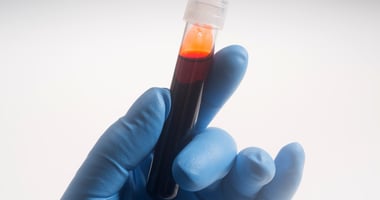Despite best efforts to identify patients at greatest risk of developing psychosis, studies suggest...
Speech Analysis Program May Improve Psychosis Prediction in At-Risk Youth
 |
“In psychosis, the very structure of language can be disturbed, including semantic coherence (for example, derailment and tangentiality) and syntactic complexity (for example, concreteness),” wrote Cheryl Corcoran, M.D., of the Icahn School of Medicine at Mount Sinai and colleagues. “Our findings support the utility and validity of automated natural language processing methods to characterize disturbances in semantics and syntax across stages of psychotic disorder.”
A pilot study by Corcoran and colleagues published in 2015 demonstrated that using speech analysis software on transcripts of interviews with 34 New York youth at risk for psychosis could be a reliable tool to identify the youth most likely to convert to psychosis within a couple of years. The software was designed to identify semantic problems, such as short sentences, incoherence between phrases, and reduced usage of pronouns.
To see whether their software was effective at predicting psychosis transition in a larger sample, the researchers analyzed transcripts obtained from a cohort of 59 at-risk youth from a University of California, Los Angeles (UCLA) clinical site. Of this group, 19 developed a psychotic disorder within two years, and 40 did not.
In this UCLA cohort, transcripts were generated from an exercise in which the participants listened to a story and then retold it and answered questions about it. Since the format of the story exercise resulted in responses that were generally short (about 20 words or fewer for each individual response), the software was not able to use sentence length as one of the predictive elements.
Still, the speech analysis software was able to classify the participants as converters or nonconverters with 83% accuracy overall, including 11 of 19 converters (58%). When the software was retested on the 34 youth in the New York sample using the same parameters as for the UCLA youths, it had a similar accuracy (79% overall, including 60% of converters), despite not using sentence length in the prediction.
“This technology has the potential to improve prediction of psychosis outcome among adolescents and young adults at clinical high risk and may have broader implications for medical research and practice at large,” Corcoran and colleagues concluded.
To read more about this topic, see the Psychiatric News article “Innovation Lab Winner Uses Speech Analysis to Diagnose Psychosis.”
iStock/FatCamera





